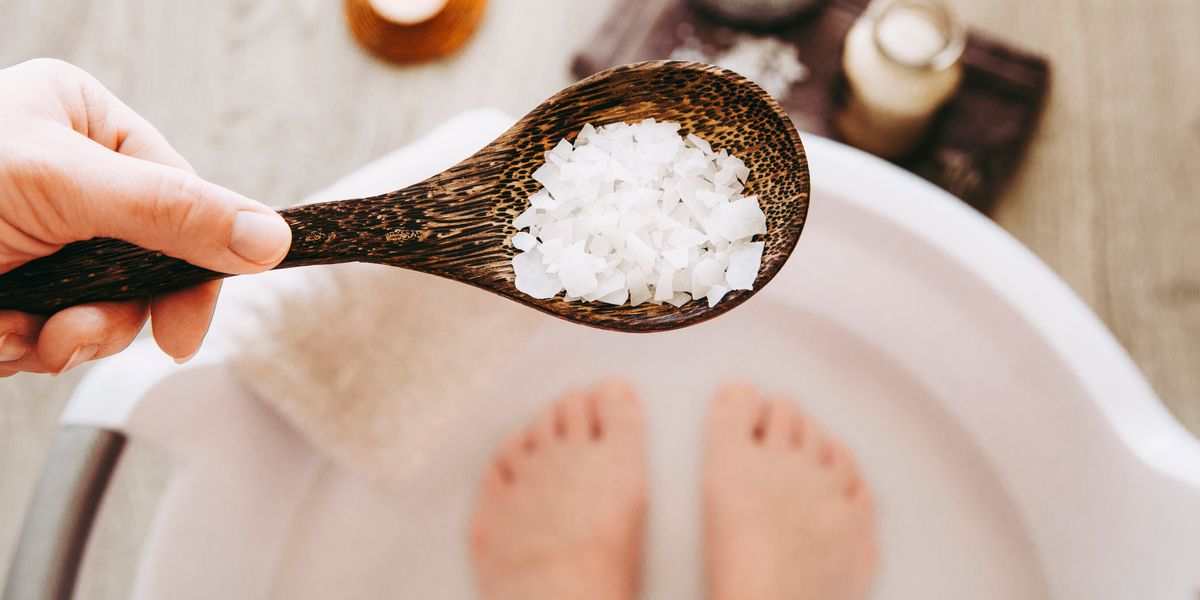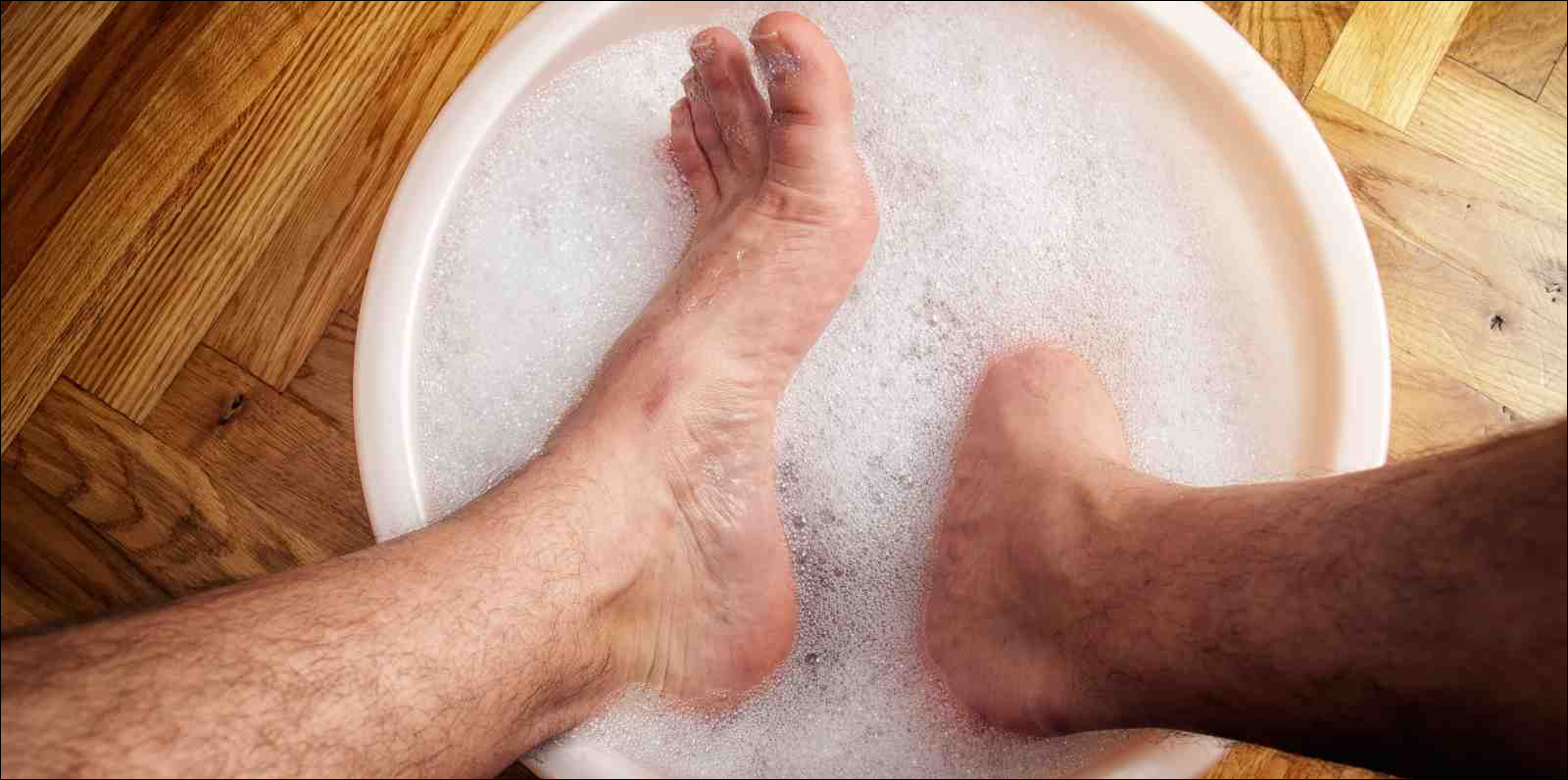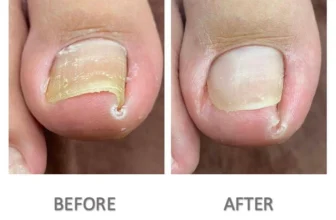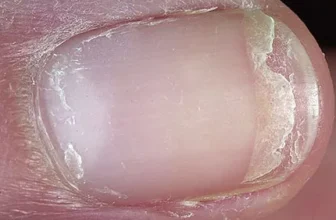
If your toenails are hard to cut, you may be wondering how to soften toenails especially if they are thick, so you can trim them more easily. Cutting very hard nails can be painful and may result in tearing and trauma, so it’s important to avoid this.
We’ve gathered this and many other information here in this website, you can read more about foot care.
Keeping your toenails trimmed is an important part of foot hygiene, but cutting hard and thick toenails can be challenging and even painful. Luckily, there are several ways to soften your toenails before cutting them, making the process easier and more comfortable such as getting the best toenail clippers.
You can soften your toenails before cutting them in a variety of ways, including by soaking them in water, applying cream, and sometimes by applying oils or wiping your nails with white vinegar.
These methods should all make it easier to cut your nails, but they should be used in moderation to avoid issues arising.
In this article, we’ll talk about how to soften toenails for cutting in an easy way. We’ll cover some of the top methods you can use, as well as some precautions you should take to reduce the risk of your nails tearing.
Why Should You Soften Your Toenails Before Cutting?

The main benefit of softening your toenails is that it makes them easier to cut. When toenails are hard and thick, they can be difficult to trim, especially if you have thick nails or difficulty with mobility. Softening your toenails can help to make them more pliable, which makes them easier to manipulate and cut.
Another reason to soften your toenails is to prevent damage to the nails or surrounding skin. Cutting hard toenails can cause the nails to crack or split, which can be painful and can create rough or jagged edges that may catch on clothing or bedding. Softening your toenails can help to prevent these issues and make the cutting process smoother and safer.
When toenails are soft, they are more pliable and easier to manipulate, making it easier to trim them to the desired length and shape.
How To Soften Toenails Fast?

Softening your toenails will usually involve soaking them, either in water or vinegar. For this reason, quite a few people choose to cut their toenails after having a shower or a bath, because the water will have soaked into the tissues and made them softer. This can be easier than specifically soaking your feet.
There are several methods for softening your toenails quickly, depending on what materials you have available:
- Warm Water Soak: One of the most popular ways to soften toenails is to soak your feet in warm water for 10-15 minutes. This helps to loosen the nails and make them more pliable, which makes them easier to trim.
- Epsom Salt Soak: Adding Epsom salt to your warm water soak can also help to soften your toenails. Epsom salt contains magnesium sulfate, which can help to relax and soften the nails.
- White Vinegar Soak: White vinegar can help to soften your toenails by removing any buildup or residue on the nails. Add a cup of white vinegar to warm water and soak your feet for 10-15 minutes.
- Moisturizer or Cuticle Cream: Applying a moisturizer or cuticle cream to your toenails and letting it sit for a few minutes can also help to soften them. These products contain emollients that can help to hydrate and soften the nails.
However, you might sometimes want to just soak your feet, and you can do this using the following process:
- Fill a large container with warm water, and add some vinegar if you want to.
- Remove your shoes and socks, and slip your feet into the water.
- Keep your feet in the water until your nails have had a chance to completely soften, which will make it much easier to trim them. It may take half an hour or more for your nails to soften, so don’t rush this process.
- Lift your feet out of the water and thoroughly dry them on a towel to reduce the risk of slipping and cutting yourself while you’re trimming your nails.
There are further methods that you can use to soften your nails if they are too tough to cut even after a water treatment (or if you would rather use these instead).
Some people opt to apply tea tree oil (using a carrier oil to dilute it) or VapoRub to the nail, or to rub your nails with vinegar on a cotton ball. All of these things should soften the tissues and make it easier to cut your nails.
You should cut your nails promptly after softening them, or they will harden again. As the moisture leaves the nail, the tissues will become tougher, and this will make cutting it more uncomfortable. Cutting very hard nails can cause splitting and cracking, and may be painful.
How to Soften Ingrown Toenails?

If you want to cut an ingrown toenail, the process is a bit different. In this case, you’ll want to soak your foot in warm water with Epsom salt, which can help to reduce inflammation and soften the nail. You may also need to use a pair of pointed scissors or nail clippers to carefully trim the ingrown portion of the nail.
How Long Should You Let Your Toenails Soften?
The length of time you should let your toenails soften depends on how hard and thick they are. In general, you should soak your feet for at least 10-15 minutes to ensure that the nails have time to soften. If your nails are particularly thick or hard, you may need to soak them for longer.
How Soft Can Your Toenails Become?
It’s important not to over-soften your toenails, as this can increase the risk of injury or infection. The goal is to make your toenails pliable and easier to cut, but not so soft that they become mushy or easily damaged. You should be able to feel a noticeable difference in the texture of your toenails after soaking them, but they should still have some firmness to them.
Is It Bad To Make Your Nails Too Soft?

You might think that making your nails as soft as possible is a good idea, but it can cause issues. If you don’t already have trouble cutting your nails, you should avoid softening them, or cutting them after you have showered when they are soft.
This is because your nails will tear far more easily when they are soft, and this can be an issue. You can’t cut really soft nails; they will lack the resistance necessary to snip, and may instead bend. It’s best to have some resistance, so that the nail clippers can work properly.
Don’t risk damaging your nails by using softening techniques or products if they are already quite soft. Having some toughness in your nails protects your toes and prevents your nails from splitting and breaking in everyday life.
Are Hard Toenails Caused By Fungus?
Often, hardness in your toenails is caused by a fungal infection, and a surprising percentage of the population is thought to suffer from this. This is particularly true for older individuals, or those with health problems like diabetes.
However, other things can also cause hardness in your toenails, including conditions like psoriasis and diabetes. Trauma to the nail may cause it to toughen up too, so if you’ve recently bumped your foot, this could be part of the issue.
If your nails are tough, it’s worth checking with your doctor in case you have got foot fungus. This condition is difficult to treat, but if you catch it early, you may be able to stop it from spreading or even get rid of it. Don’t ignore nail toughness, as it’s often a sign of a problem.
What Kind Of Nail Clippers Should You Use?
If you’ve got tough toenails, you should consider finding some nail clippers for thick nails. These will generally give you better leverage and should reduce the amount of pressure on the nail. This minimizes the risk of the nail breaking or splitting, and should make cutting it less painful.
You might want to check out some Heavy Duty Toenail clippers to help yourself choose some nail clippers that will work well on your toenails. There are other brands that should give you a good experience too.
If you’re elderly and have thick toenails, it’s particularly important to find a pair of nail clippers that will comfortably cut your nails. This minimizes the risk of you injuring yourself while cutting your nails, and ensures you can trim them easily.
It’s amazing what a difference having a suitable tool can make, so take the time to find one that works well for you, and you’ll find that cutting your nails becomes significantly easier and a pleasanter task overall.
Conclusion
You can soften your toenails to cut them by soaking them in warm water for half an hour or so, or by applying nail softening products. Wiping them with vinegar or tea tree oil may also help. It’s important to couple this with a high-quality pair of nail clippers to reduce the risk of tearing your nails.







